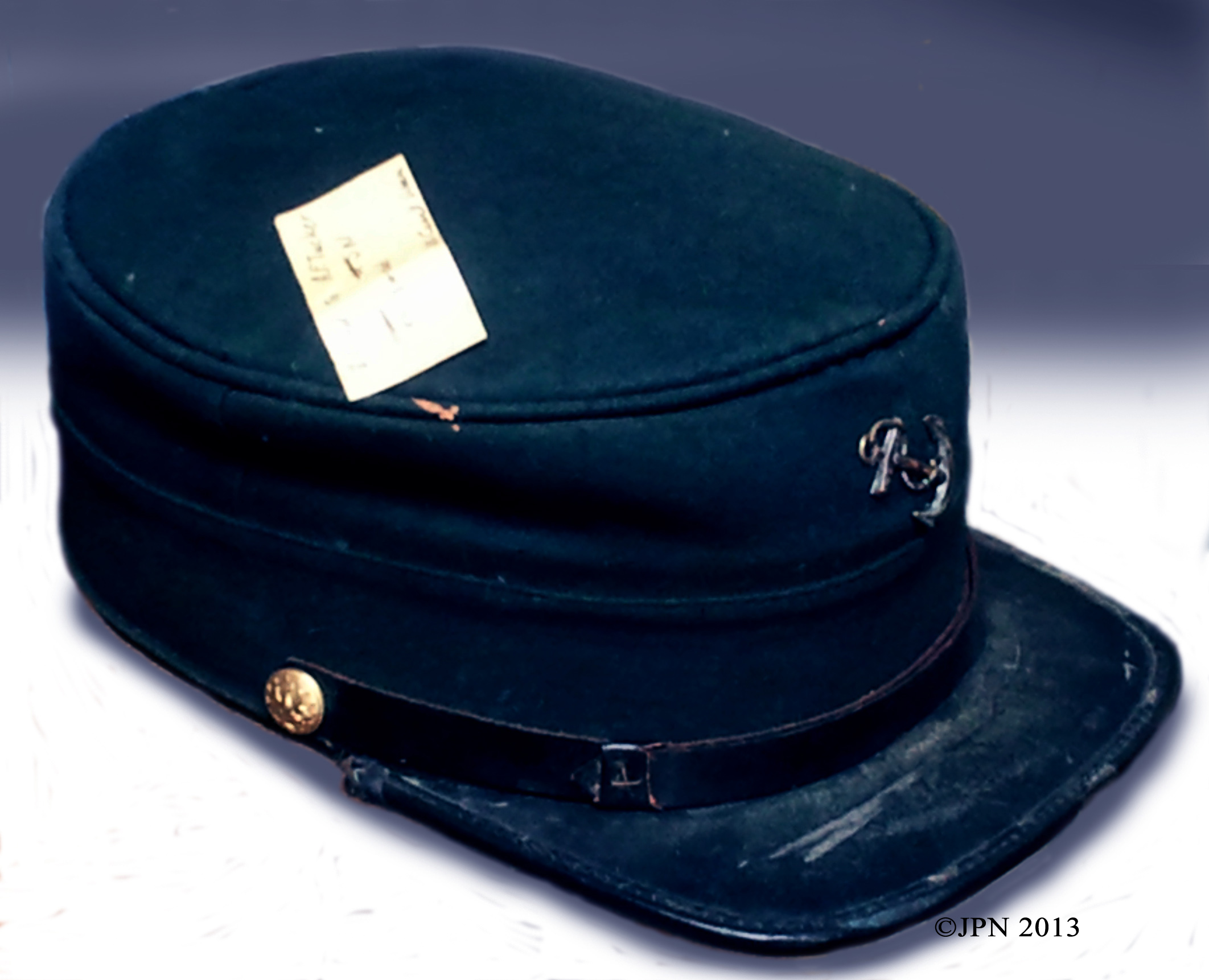

Army moved into northern Virginia and captured Alexandria without a fight. In May, it was decided to move the Confederate capital from Montgomery, Alabama, to Richmond, Virginia, in large part because regardless of the Virginian capital's political status its defense was deemed vital to the Confederacy's survival. Unionism was indeed strong also in other parts of the State, and during the war the Restored Government of Virginia was created as rival to the Confederate Government of Virginia, making it one of the states to have 2 governments during the Civil War.

A Unionist government was established in Wheeling and the new state of West Virginia was created by an act of Congress from 50 counties of western Virginia, making it the only state to lose territory as a consequence of the war.

For all practical purposes, Virginia joined the Confederacy on April 17, though secession was not officially ratified until May 23. President Abraham Lincoln called for troops from all states still in the Union to put down the rebellion. Opinion shifted after the Battle of Fort Sumter on April 12, and April 15, when U.S. As a Southern slave-holding state, Virginia held the state convention to deal with the secession crisis, and voted against secession on April 4, 1861. The American state of Virginia became a prominent part of the Confederacy when it joined during the American Civil War.


 0 kommentar(er)
0 kommentar(er)
